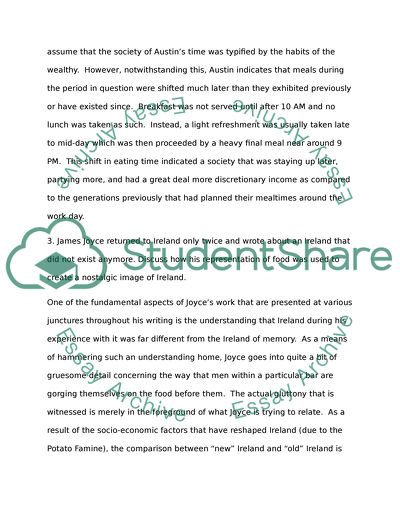Cite this document
(“Food in literature and cinema. Questions Assignment”, n.d.)
Food in literature and cinema. Questions Assignment. Retrieved from https://studentshare.org/literature/1482752-food-in-literature-and-cinema-questions
Food in literature and cinema. Questions Assignment. Retrieved from https://studentshare.org/literature/1482752-food-in-literature-and-cinema-questions
(Food in Literature and Cinema. Questions Assignment)
Food in Literature and Cinema. Questions Assignment. https://studentshare.org/literature/1482752-food-in-literature-and-cinema-questions.
Food in Literature and Cinema. Questions Assignment. https://studentshare.org/literature/1482752-food-in-literature-and-cinema-questions.
“Food in Literature and Cinema. Questions Assignment”, n.d. https://studentshare.org/literature/1482752-food-in-literature-and-cinema-questions.


